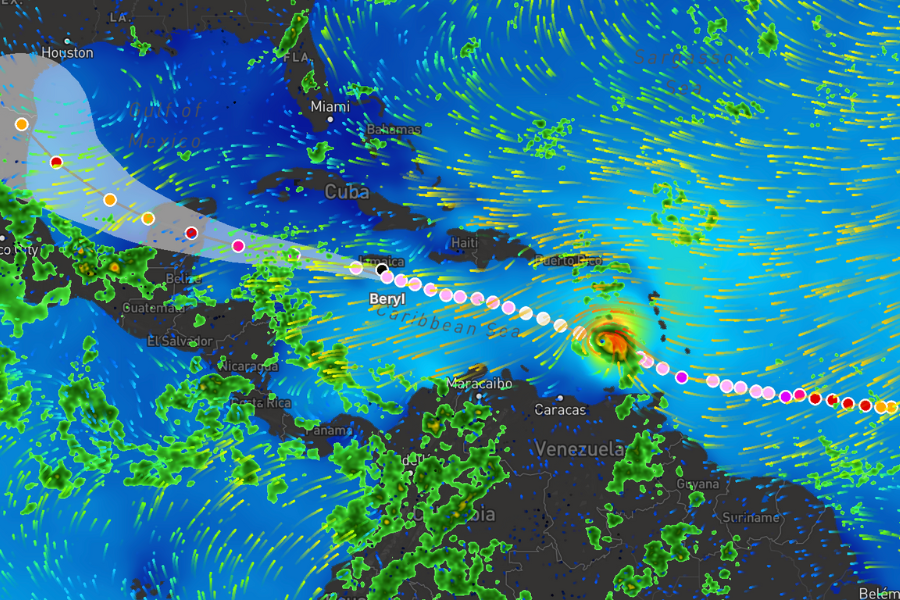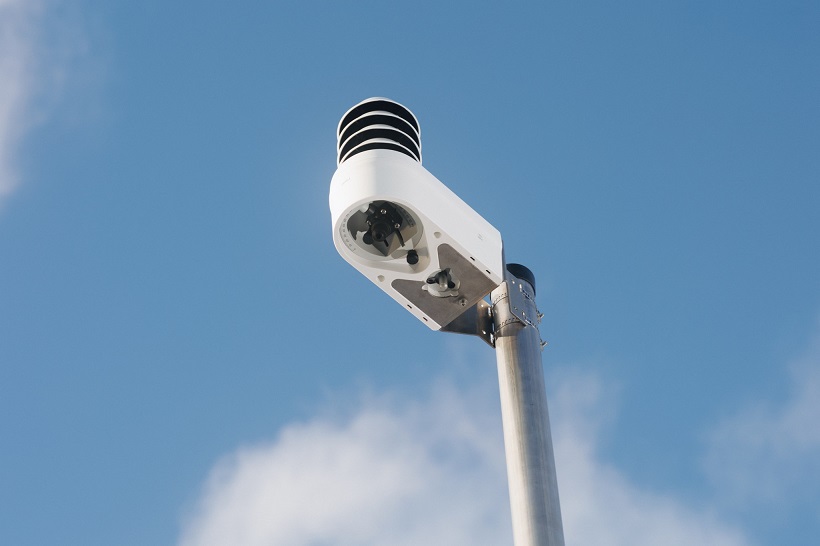The year 2024 sees consistent record-breaking temperatures across the globe
Earth’s fever is burning hotter with no sign of relief: June 2024 marked the 13th consecutive month of record-breaking global heat and was also the warmest June on record. As heat rises and populations expand, urban microclimates are becoming increasingly problematic, forcing cities and their workers to endure unprecedented heat. On July 7th, for example, Las Vegas set a new all-time high of 120 degrees Fahrenheit, surpassing its previous record of 117 degrees.
Heat impacts everyday life in ways we may not typically consider through transportation delays, buckling roads, and even decreased electric vehicle ranges. According to the Climate Prediction Center’s seasonal temperature outlook, much of the United States will unfortunately experience above-normal temperatures through the summer. This relentless heat will continue to create serious challenges for businesses – and, more importantly, worker safety.
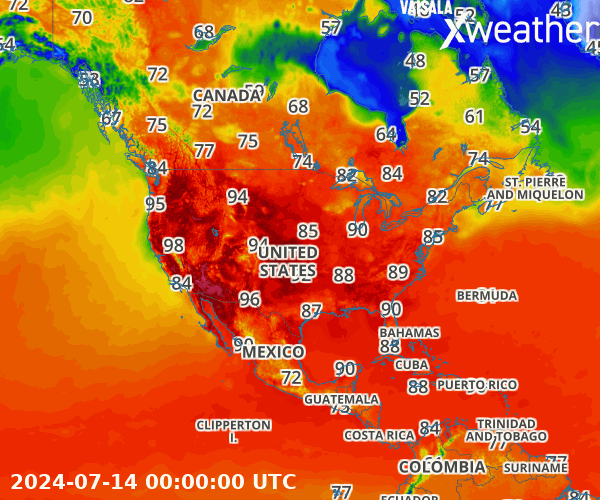
The heat wave experienced by the northeastern US June 17-20th
Heat remains the number one cause of weather-related deaths in the United States
In 2023, record-breaking temperatures resulted in 2,300 heat-related deaths in the United States and over 62,000 in Europe. These alarming statistics have spurred the Occupational Safety and Health Administration (OSHA) to release a new proposed rule that aims to reduce heat exposure for workers.
Workers most susceptible to heat are those who work outdoors in exposed conditions, such as those in agriculture, construction, sanitation, and mail and parcel delivery. Although construction workers represent only 6% of the total US workforce, they account for a third of on-the-job heat-related deaths. Implementing a monitoring plan to track when workers are exposed to hazardous temperatures can help prevent these deaths.
Weather apps aren’t always enough
Many of us rely on weather apps to check the temperature, but when it comes to protecting employees from extreme heat, your weather app isn’t an optimal solution.
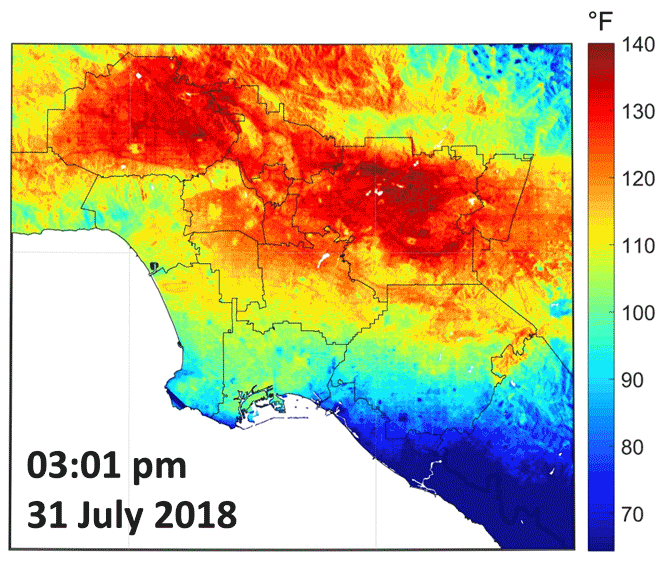
ECOSTRESS satellite imagery showing land surface temperature across LA during a heat wave in 2018. Courtesy NASA/JPL-Caltech.
Temperature can vary significantly over small distances. “Microclimates,” or areas of localized higher or lower temperature, can be influenced by various factors like the following:
Vegetation coverage (or lack thereof) and water sources: Areas with less vegetation tend to have higher temperatures because vegetation provides natural cooling through transpiration. Trees also offer shade, which can lower local temperatures compared to open areas like parking lots that absorb and radiate heat. Proximity to lakes or streams can increase humidity, which can impact perceived temperatures. Evaporative cooling near water bodies can also lower temperatures locally.
Building positioning/number of buildings: The arrangement and density of buildings affects airflow and shade patterns, influencing local temperatures. Densely packed buildings can create “urban heat islands” where temperatures are higher than surrounding areas. The output of cooling systems for buildings can also increase outdoor temperatures.
Material type: Different building materials such as concrete, asphalt, and brick absorb and reflect heat differently. Brick, for instance, can retain heat longer than other materials, affecting nighttime temperatures and prolonging heat exposure for vulnerable populations.
Weather apps typically use temperature data from nearby weather stations, which are often sparsely located, or make estimates based on models. This can lead to discrepancies between the temperatures reported on your app and the actual conditions. In hazardous heat conditions, a difference of 5-10 degrees can be significant.
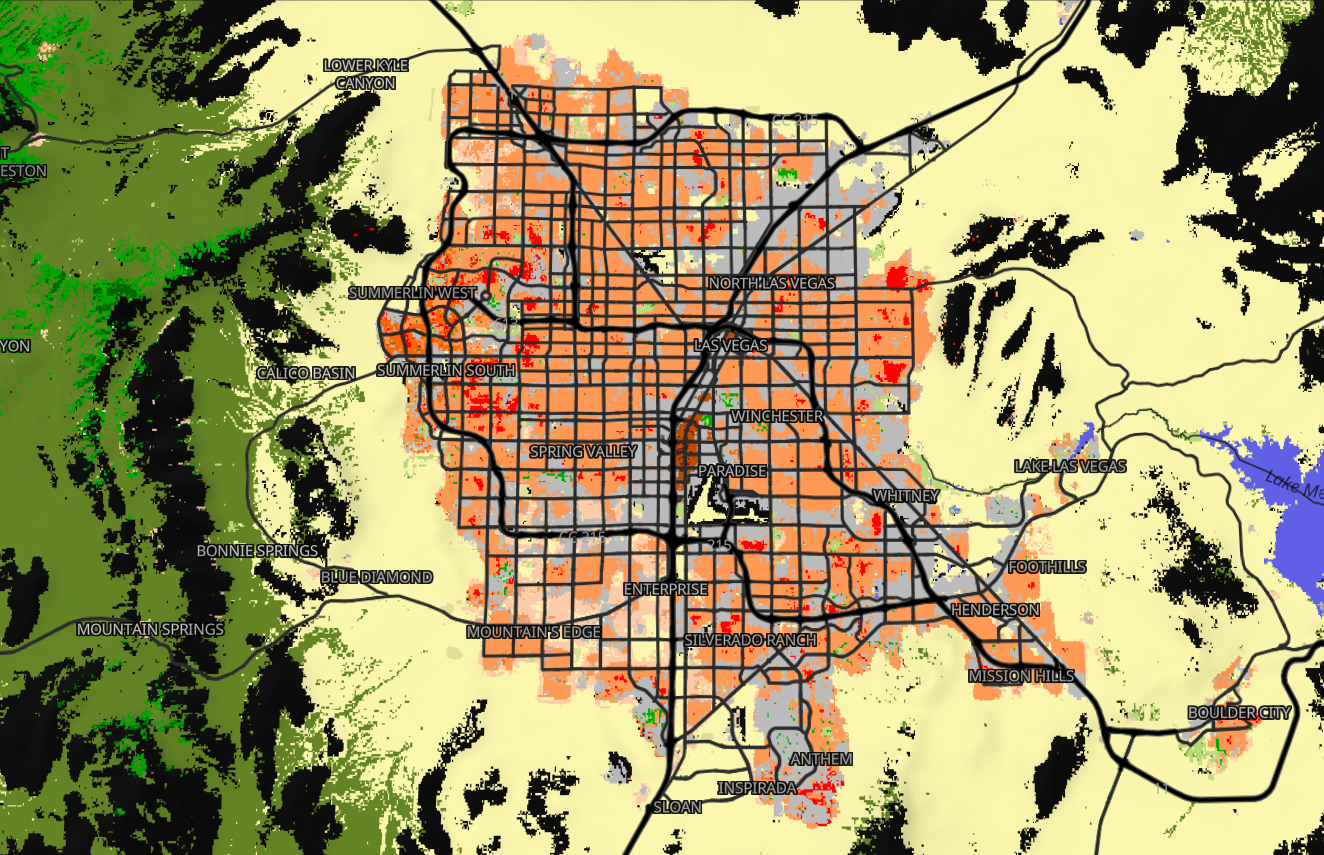
Local climate zone (LCZ) map of Las Vegas, showing the variance in land use, displayed using Vaisala Xweather Litho API. There are 17 classes of LCZs that help identify areas where the heat island effect may be present. Color key can be found here.
Access to accurate temperature data and hyper-local forecasts is — quite literally — a lifesaver
Vaisala sensors measure local weather conditions with unparalleled accuracy and are already deployed in locations where accuracy matters – like behind the Mona Lisa. But what if these temperature sensors were strategically deployed throughout regions where human life is impacted by heat?

OSHA defines the “initial heat trigger” as a heat index of 80˚ F and the “high heat trigger” as a heat index 90˚ F. During the summer, many workers in the United States experience temperatures at or above these levels. Consider where you live – are you often exposed to high heat indices? If you work outside, does your workplace have a heat plan?
Installing sensors in heat-prone workplaces would give employers reliable real-time data, helping them make informed decisions about hazardous conditions and advising when employees should take breaks or move indoors to seek shelter. Vaisala sensors can also be paired with Xcast, Xweather’s machine-learning forecasting technology. Xcast takes local sensor observations and “learns” the local microclimate, then uses this knowledge to create hyperlocal weather forecasts that outperform all other available predictions. These forecasts help businesses plan for heat, with the ability to communicate with building cooling systems to lower indoor temperatures before heat begins.
Leveraging the data to ensure worker health and safety
Vaisala sensors accurately measure environmental conditions. However, managers and supervisors have the primary responsibility to ensure worker health and safety. They must provide the necessary skills, training, and equipment. Most workers are unaware when they begin to experience the onset of a heat-related illness, so preparation and monitoring is key, especially in high-exposure work settings.
Workers need to know how to recognize at-risk conditions and how to prevent and avoid heat-related injuries and illnesses. Some crucial measures for employers to consider are:
Provide workers with proper apparel, water, rest and shade.
Plan for emergencies and how to recognize and treat heat-related illness symptoms in others.
Allow new or returning workers to gradually increase workload, take more frequent breaks to allow workers to develop tolerance for working in the heat.
Monitor workers for signs of illness when environmental conditions are present.
Thank you to Clyde Weller, Health and Safety Manager at Vaisala, for his contribution to this article.

